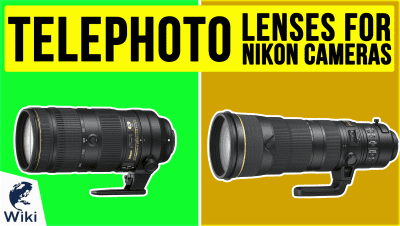The 10 Best Zoom Lenses For Canon Cameras

This wiki has been updated 26 times since it was first published in March of 2018. If you own a Canon DSLR or a full-frame mirrorless body, whether it's from the top of their lineup or an entry-level option, placing a good piece of glass in front of it can take your pictures to the next level. These zoom lenses offer multiple focal lengths from a single model, reducing the time you spend swapping out, and giving you bright, sharp images in all kinds of situations. When users buy our independently chosen editorial choices, we may earn commissions to help fund the Wiki.
Editor's Notes
October 15, 2019:
In the time since we last visited this ranking, Canon has come out with their new EOS R and RP full-frame mirrorless cameras, and with them they've unveiled a new lineup of lenses, some of the zooms from which have rightly ended up on our list. In the spirit of the low-light excellence that the company is known for, one of these lenses is a 28-70mm f/2, shaving a stop off the 2.8 aperture you might expect to see on a more common zoom range, the 24-70. This is a fascinating trade-off, sacrificing 4mm of focal length at the wide end for an incredibly shallow depth of field and a little better light collecting ability.
If this were just a gimmick on a full-frame DSLR, we might be hesitant to include it over the more traditional piece, but Canon's new mirrorless cameras feature a wider opening at the front of the body, which allows more light to fall naturally on the edges of the sensor, and a wider aperture, even by such a minuscule degree, utilizes this new mount better than anything else out there.
The EF 70-200mm remains our top pick for its versatility, incredible autofocus speed, and quiet motor, but it should be noted that this model has also been upgraded, and each of those features performs even better than before. A similar lens, with the same focal length and aperture rating is coming for the mirrorless bodies, but as of this writing it doesn't have an exact release date.
The arrival of these new lenses necessitated the removal of some older glass, and we chose the Sigma 24-105mm f/4 to get rid of, both for its age and its comparatively slow aperture.















